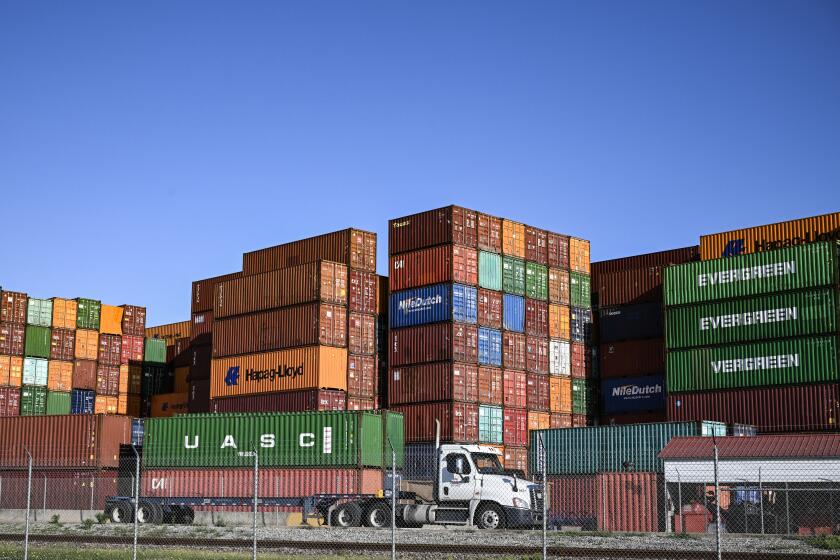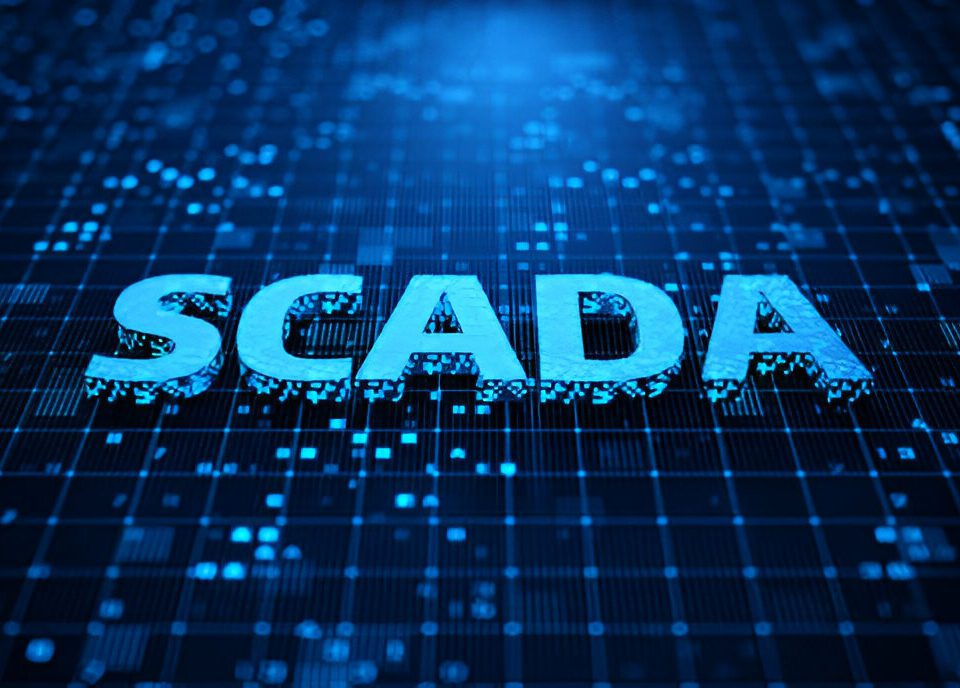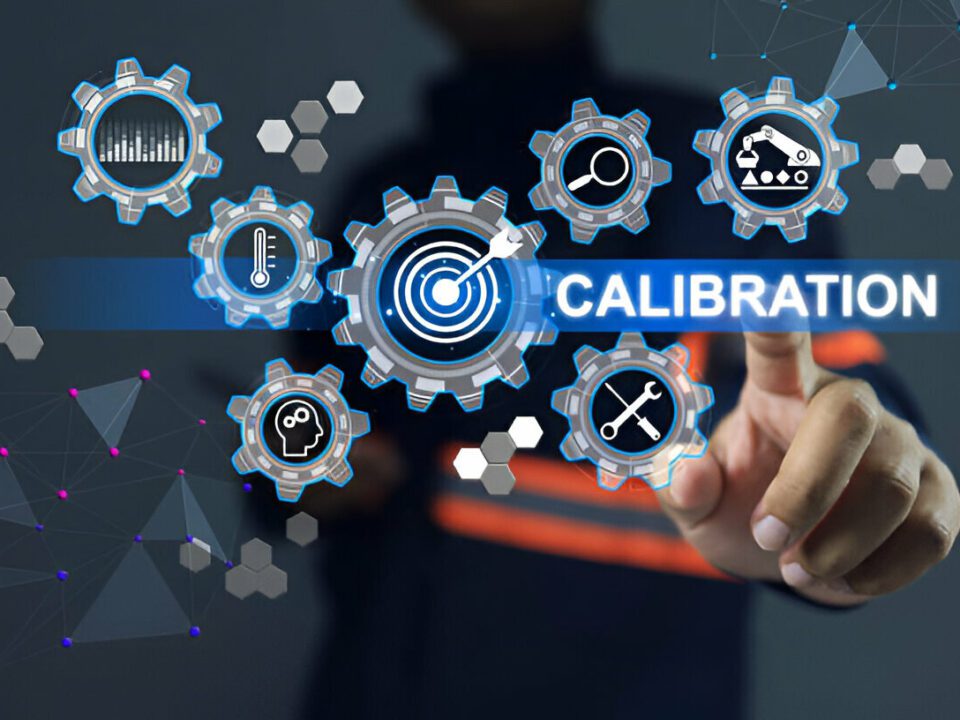Understanding the Tariff Challenges in Controls Integration
Tariffs are government-imposed taxes on imported goods, typically used to protect domestic industries or influence international trade relationships. When applied to essential industrial components, they can cause ripple effects throughout the controls integration ecosystem:
Component price increases
Extended lead times
Project delays
Supplier bottlenecks
Regulatory compliance issues
Tariffs not only increase the upfront cost of components but also drive up total project costs through delays, redesigns, and unexpected substitutions.





